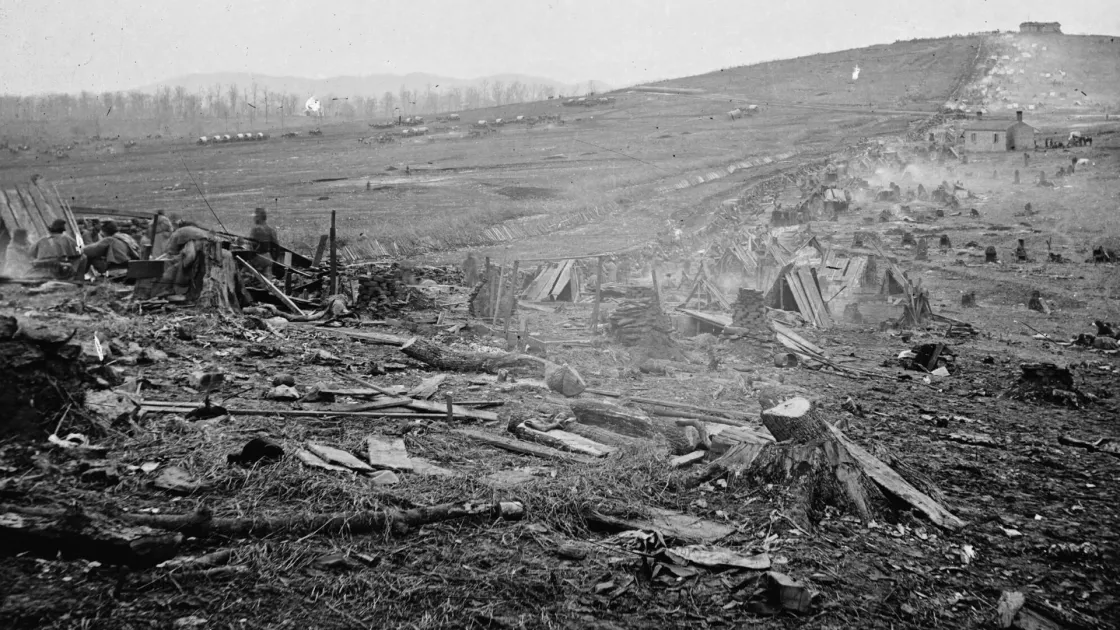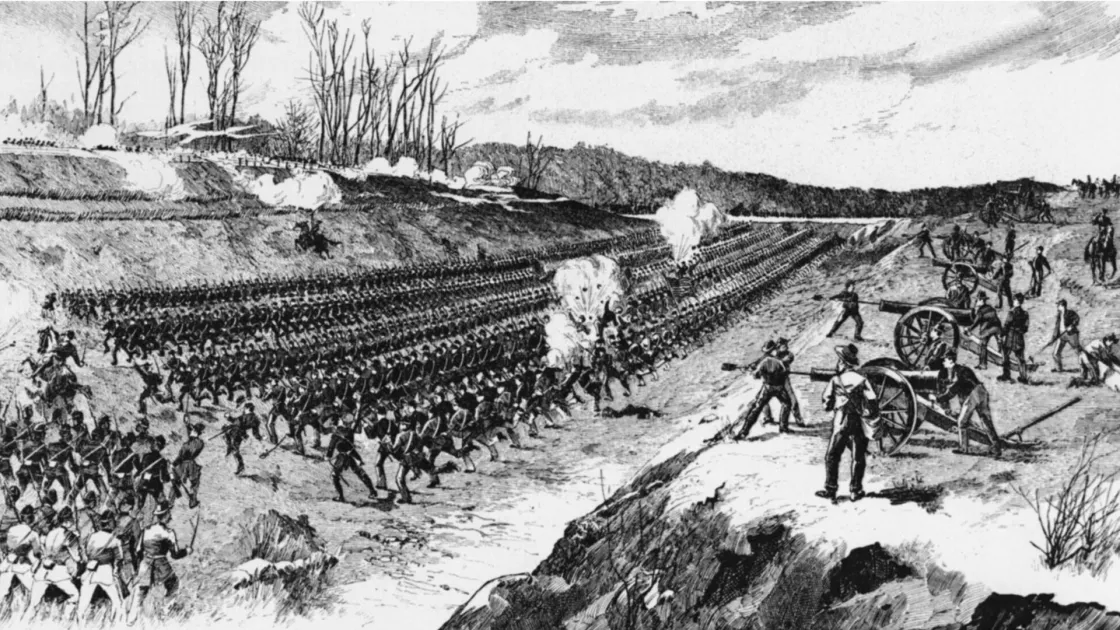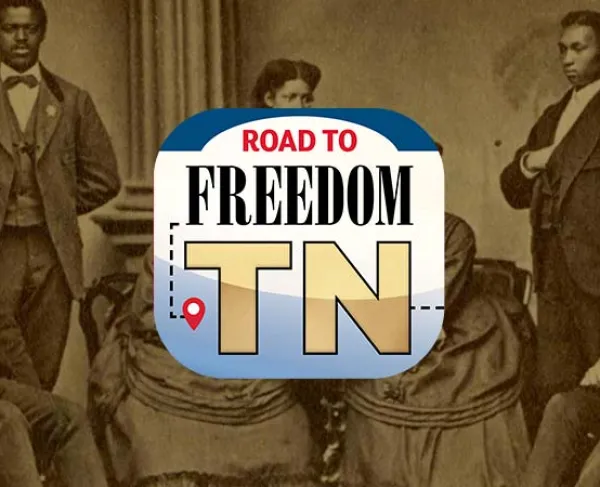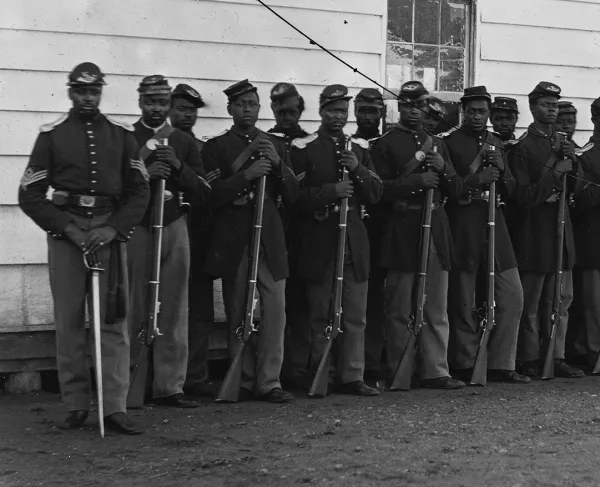Peach Orchard Hill
Tennessee
636 Farrell Parkway
Nashville, TN 37220
United States
This heritage site is a part of the American Battlefield Trust's Road to Freedom: Tennessee Tour Guide app, which showcases sites integral to the Black experience during the Civil War era. Download the FREE app now.

On December 16, 1864, Peach Orchard Hill, rising a quarter mile north of Travellers Rest, witnessed remarkable acts of bravery and sacrifice by units of the United States Colored Troops (USCT) in order to secure freedom.
Recalled to Nashville after more than a year of building and fending off repeated guerilla attacks on the critical rail line west of the city, soldiers of the 12th and 100th USCT, with the 13th USCT in support, formed part of the Union 4th Corps. Advancing on the opposite side of the hill from Travellers Rest at 3:00 PM, the 4th Corps aimed to dislodge the Confederate’s right flank anchored on its crest. When the 12th, 100th, and the rest of the corps stalled due to heavy fire and terrain, the 13th pushed ahead of their comrades facing withering fire. The 13th suffered the heaviest losses — 221 casualties, which amounted to about 40 percent of the regiment — as they reached but could not overrun the Confederate earthworks.

Five color bearers of the 13th USCT — carrying a flag emblazed with its origin: “Presented by the Colored Ladies of Murfreesboro” — were shot down before their banner fell. Responding to the pressure on his flank, Confederate commander John Bell Hood sent two brigades to reinforce the defense of Peach Orchard Hill. This movement weakened the already thin Confederate lines contributing to the fall of Shy’s Hill and sending a ripple of retreats and surrenders all the way across to Peach Orchard Hill and down the Franklin Pike, ending the Battle of Nashville. Over two days, an estimated 13,000 USCT soldiers participated in this convincing Union victory — the most African American soldiers on any battlefield to that point in the Civil War.
Observing the aftermath of the Black soldiers’ sacrifice, Union commander Gen. George H. Thomas who had publicly doubted their fighting capability said, “Gentlemen, the question is settled, negro soldiers will fight.”
Know Before You Go
Modern development largely covered and transformed the historic battlefield. This spot offers one of the few publicly accessible spots from which to safely see what is left of the hill.




